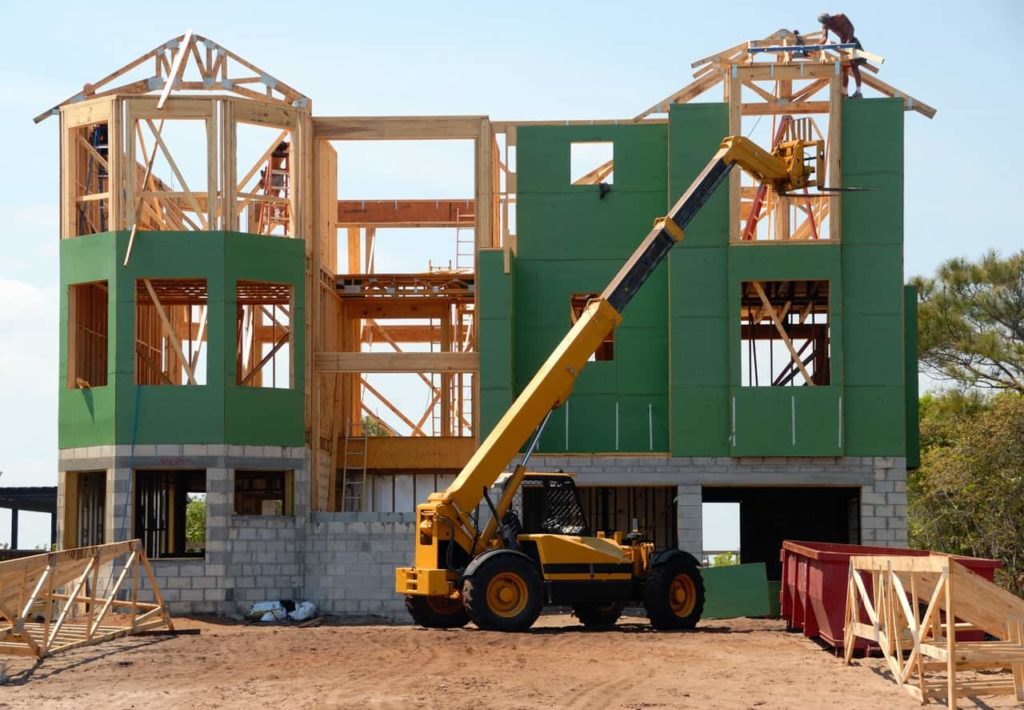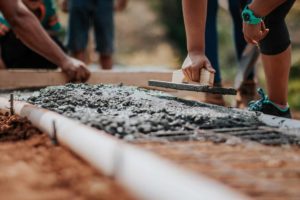All About Bituminous Waterproofing

One important part of foundation repair is the layer of tar we spray on the walls. This common exterior layer is made of a petroleum-based asphalt, sort of like what goes on a roof. It is resistant to moisture penetration, making it very good for repelling moisture that makes it to your concrete foundation and helping that water drain away.
While this bituminous material is an important part of waterproofing a foundation, it’s not the only layer of protection you should trust. Read on!
What Is A Bituminous Waterproofing?
Bituminous waterproofing is also known as tar coating or asphaltic waterproofing, and it’s a very sticky substance that holds well to concrete surfaces, even when they’re vertical. It is applied in the form of a spray. Contractors use it because it is easy to apply and resistant to moisture seepage. However, the insular properties of bituminous waterproofing can become compromised when this layer is put under constant pressure from soil expansion and water penetration.
This is why we think of this layer as a starting point. Using just a bituminous layer isn’t enough for complete waterproofing, and some companies will offer only this service and call it dampproofing. The layer won’t be tight against large amounts of water because it can’t seal large cracks or holes. Waterproofing a foundation requires the same type of surface treatment as “dampproofing,” but it doesn’t stop there!
Bituminous Waterproofing Is A Start, But Not Enough On Its Own!
Don’t let the weaknesses fool you – bituminous waterproofing is still important, and we use this sprayable tar layer as a key part of our services. After we’ve cleaned and shored up the weakness, the Ashworth team will apply a bituminous coating directly on the exterior of foundation walls because of its high elasticity and to shore up cracks. But this is just the start of the process, and for actual drainage, your home will need a stronger “suit of armour!”
When a crack in the foundation is letting water get into your basement, your contractor will have to dig out the ground where they think the weakness is. Once we’ve found where it is, what it looks like, shored it up and applied the bituminous “tar,” we have to fill in the excavation. Rather than fill it back in with soil, we can add another layer of waterproofing, and this one is our specialty: crushed round stone.

We backfill this aggregate next to the foundation because this permeable material doesn’t let water put pressure on the concrete and tar. Rather, when the moisture that flows through the soil encounters the crushed round stone, it falls right down to the foot of the concrete. It is then collected by the weeping tile system and drained away. This will keep water away and reduce the chance of foundation issues in the future!
